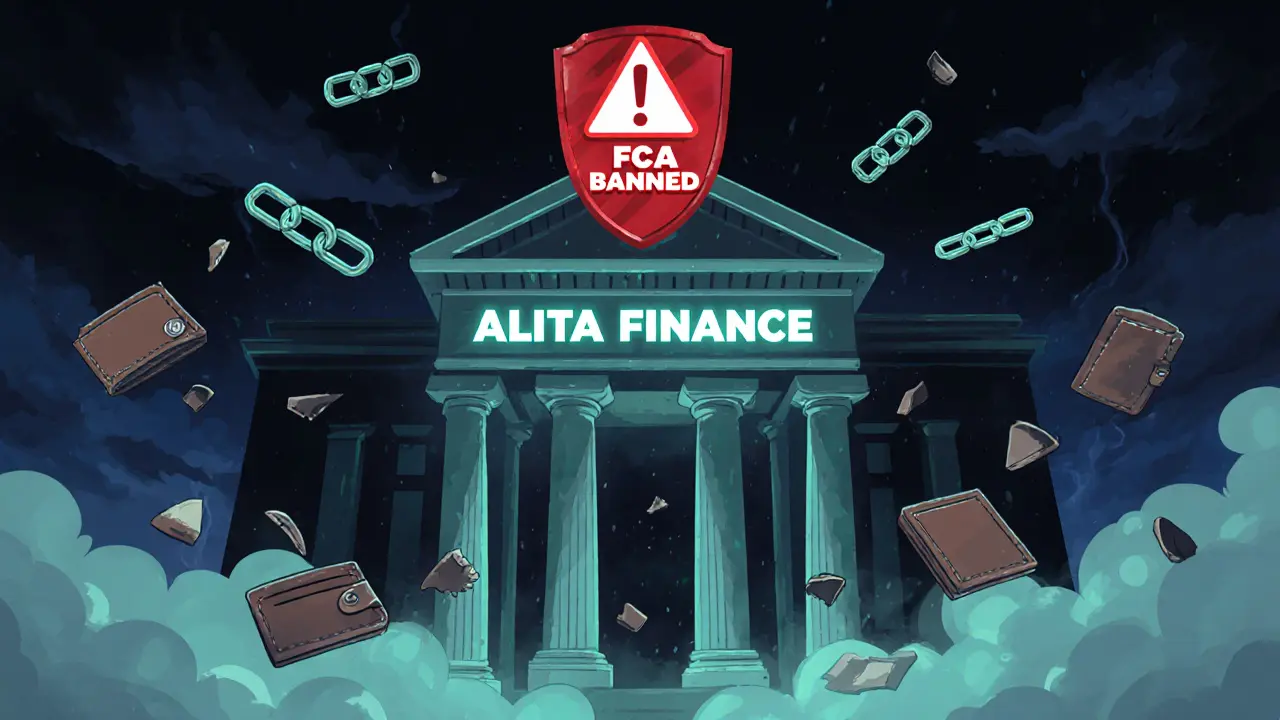Zero Fee Crypto Exchange
When you hear zero fee crypto exchange, a trading platform that doesn’t charge commissions for buying, selling, or swapping crypto. Also known as no fee trading platform, it promises to cut out the middleman and let you keep every penny of your profits. But here’s the catch: if a platform says "zero fee," they’re not giving away free money—they’re just hiding the cost somewhere else.
Most so-called zero fee exchanges make money through spread markup, the difference between the buy and sell price, or by charging for withdrawals, deposits, or liquidity pool fees. Even Binance Liquid Swap, which feels free because you don’t connect your wallet, earns through the spread and yield from liquidity pools. And platforms like Nonkyc.io, built for privacy, often offset their lack of trading fees with higher slippage or slower execution. You can’t escape fees—you can only choose who collects them.
Real zero fee trading is rare, but it exists in niche corners. Some decentralized exchange, a peer-to-peer crypto trading platform without a central authority like KaiDex V3 or ProtoFi offer near-zero fees by using automated market makers and community-driven liquidity. But these come with trade-offs: lower liquidity means your trades get slippage, and slower block times can delay confirmations. If you’re trading small amounts on Solana or BSC, you might pay less in gas than you would in a fee on a centralized exchange. That’s not zero fee—it’s smarter fee management.
What about the UAE? With its 0% crypto tax policy, traders there don’t pay income tax on gains—but they still pay exchange fees. And in Nigeria, where banking bans pushed users to P2P platforms, traders pay premiums in price, not fees. The real win isn’t a platform that says "zero fee"—it’s one that gives you transparency. Look for platforms that show you the exact cost before you click "trade," not ones that bury it in fine print.
So when you see "zero fee crypto exchange" in an ad, ask: What’s the hidden cost? Is it the spread? The withdrawal fee? The slippage on a low-liquidity pool? The time you wait for a transaction to confirm? The real value isn’t in avoiding fees—it’s in understanding them. The posts below show you exactly how different platforms handle fees, where the real savings are, and which ones you should avoid. You’ll see reviews of exchanges that claim to be free, breakdowns of hidden charges, and real examples of traders who saved money—not by finding zero fees, but by knowing where to look.
Alita Finance Crypto Exchange Review: Red Flags and Scam Warning
Alita Finance claims zero trading fees but has no regulation, no users, no security, and no real trading. Experts and regulators confirm it's a high-risk scam. Avoid this platform entirely.
read more

